‘This is long overdue’: campaigning high-rise residents promised action to improve their homes
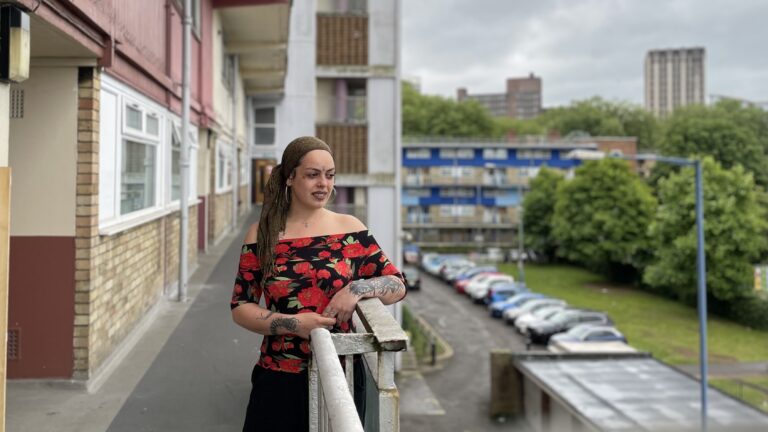
Yasmin Schneider outside her flat in St Jude’s (credit: Alex Turner)
“I moved in and there were lots of holes, as well as cracks in the walls, especially upstairs,” says Yasmin Schneider, who has lived in her council maisonette in St Jude’s for more than five years.
“Especially over the past few years, it’s worrying how [the cracks have been] progressing,” she adds, showing us a split in the wall above her bed, and damp stains below the window. “There was severe black mould in what was supposed to be my young daughter’s bedroom – the council did nothing about that, until a year of me asking.”
The sense of deterioration, and of being ignored, says Yasmin, “has been the running theme, the entire time I’ve been here”.
That feeling has been common among people living in the St Jude’s flats, sandwiched between Lamb Street and the back of Cabot Circus car park – which hides them from many Bristolians’ view. In September 2023, a group marched into Bristol City Council’s offices demanding action be taken over their crumbling homes.
After further delays – made worse by fears their homes could have the same structural issues that led to Barton House being evacuated – that action finally appears to be on the horizon.
This week the council has announced a multimillion-pound scheme to re-roof the blocks, insulate them and make improvements to the estate’s dilapidated environment – and claims it will take an inclusive approach, involving local community organisations to ensure people’s needs are met. Residents say the belated commitment, and an apparent shift in attitide, is a testament to the power of organising to get things done.
Years of neglect
A complex of five big interlinked blocks – Haviland, John Cozens, Tyndall, Langton and Charleton House, totalling around 180 homes – was built in St Jude’s in the early 1960s. Several other similar buildings stand nearby.
Halima Raghe has lived there – first in Haviland House, then Charleton – since the early 2000s, more than a third of their lifespan. She remembers the windows being upgraded during that decade from the original single-glazed ones, which left flats freezing cold, along with some internal modernisation work.
But other than that, “over the last 20 years I don’t see any repairs”, she says, adding that the concrete blocks suffer from mould, condensation and leaks. “In the wintertime, my children’s bedroom is watery all the time,” Halima says.
The council has been aware of issues for years. A report from 2008 said the condition of the St Jude’s blocks’ roofs “is poor, resulting in damage to the fabric of the substructure and flats below”.
Another, from 2015, which looked at high-rises across the city, warned of “problems of condensation, mould, and acute heat loss”. These issues are made worse by uninsulated concrete panels moving and expanding when temperatures change, creating temporary gaps and permanent cracks through which water can run.
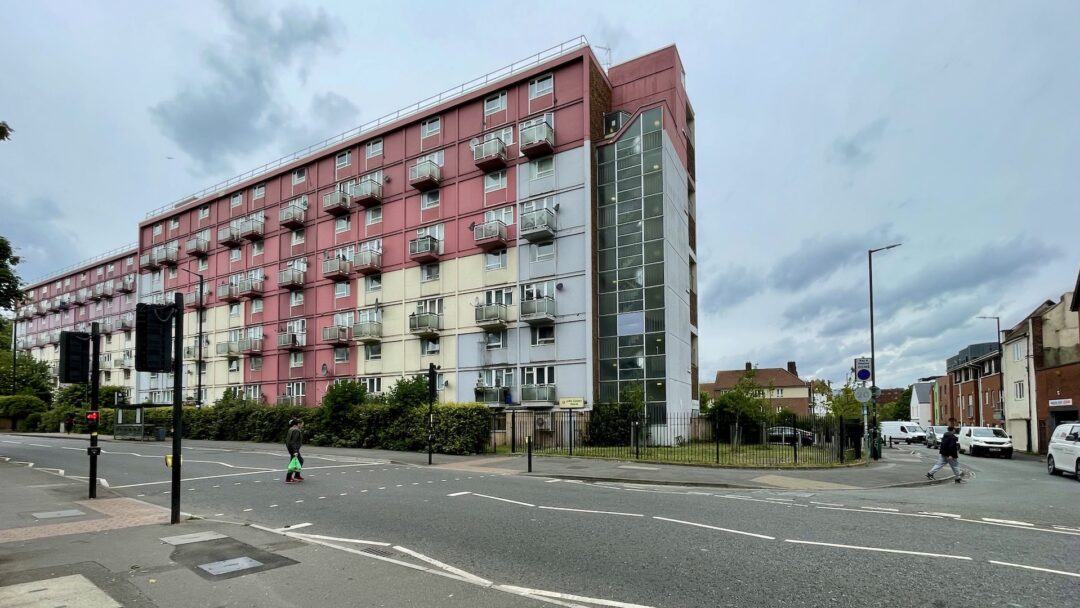
Many council towers have over the past decade had works carried out to try to deal with these issues. But at St Jude’s, the blocks have mostly been left to deteriorate.
“Outside, when it’s raining – inside the block, it’s raining as well,” adds Sahra Ishmael, another resident we speak to, referring to water pouring into the stairwells and other communal areas.
Direct action
By last year, residents had had enough. In September, a group of women – members of the community union ACORN – marched on the council’s offices at 100 Temple Street, demanding to speak directly to housing bosses about the state of their homes.
“They were shocked when we went in,” says Halima. “This lady tried to push us out and we said, no, we’re going nowhere.”
The group were unsuccessful in getting a face-to-face meeting on that day. But in the following weeks Craig Cook, the council’s head of repairs, agreed to see them.
“He said, we hope to get boots on the ground in December and scaffolding up in January,” recalls Sam Kidel, an ACORN organiser.
But on 14 November, a much bigger and more acute problem reared its head for Bristol City Council. A surveyors’ report into another of its high-rises – Barton House – triggered fears that the block could collapse in the event of a fire.
The panicky evacuation that followed, leaving hundreds temporarily housed in inadequate hotel accommodation, has been documented in the Cable and across local and national media.
It wasn’t only Barton House tenants who were suffering, though. People in high-rises across Bristol were understandably alarmed, and in particular those living in Haviland, John Cozens, Langton and Charleton House in St Jude’s.
The four buildings use a similar construction method to Barton House, involving huge concrete panels bolted together.
Bristol’s then-mayor Marvin Rees, whose term ended in May, along with Bristol’s mayoral governance model, said at the time there was “no evidence to suggest they face similar problems”. But he said the same surveying firm that had examined Barton House would now investigate the two tallest blocks – Haviland and John Cozens.
A 2018 freedom of information request uncovered that month was not reassuring. It related to a recently issued government warning about the safety of such ‘large-panel system’ tower blocks – and asked councils what they knew about ones in their own housing stock.
In Bristol, the answer seemed to be: not much, for the last 50 years. “We have no records of any structural surveys carried out [at St Jude’s and Barton House], although 1970 records suggest structural surveys were carried out at that time,” the council’s response said.
‘It’s unnerving to say the least’
“I haven’t felt safe in my home, a lot of the time, since the Barton House incident,” says Yasmin. “But even before that, I’ve been very aware that there have been out-of-date repairs that need serious structural work, and it’s unnerving to say the least.”
While the plight of the Barton House tenants – and friction between ACORN and the council – continued to generate attention through the first months of 2024, St Jude’s residents heard nothing more. So they kept the pressure on.
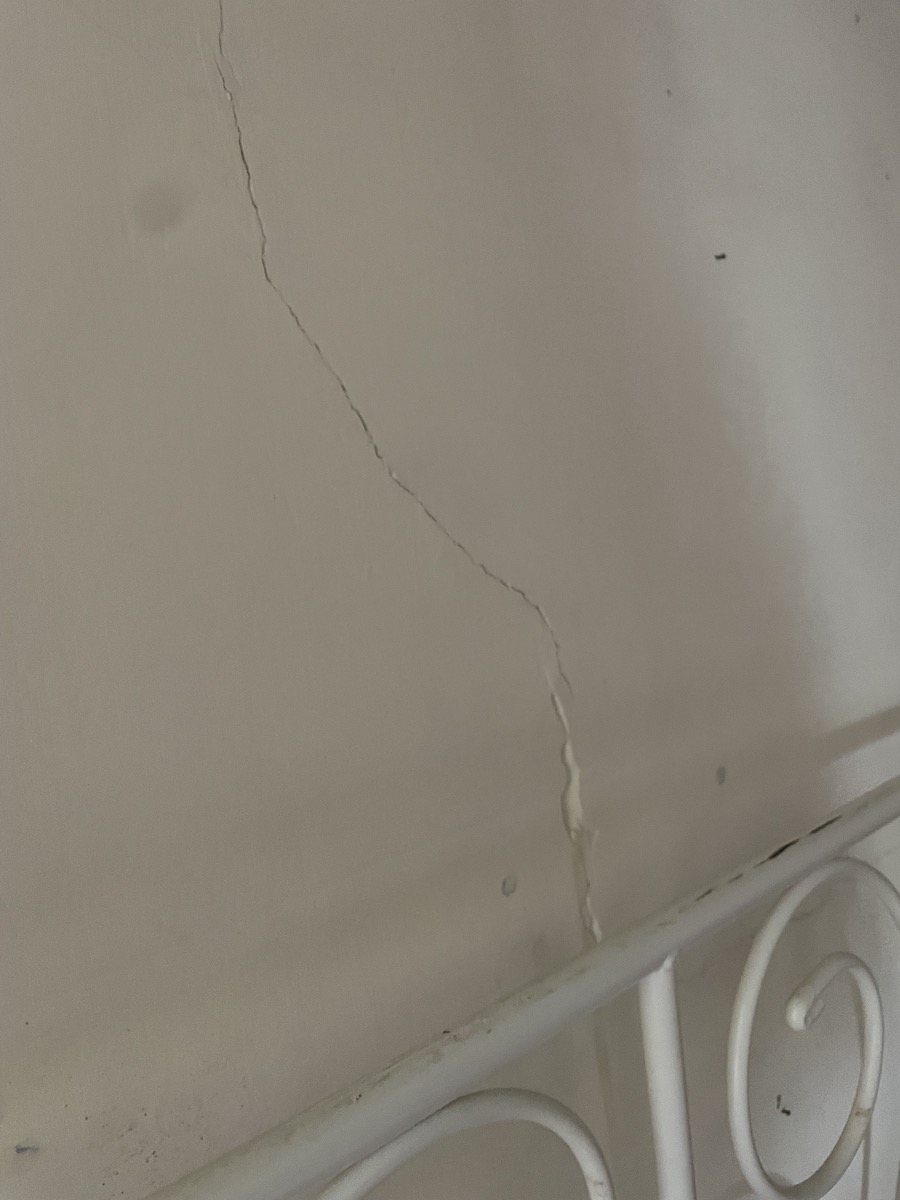
First, they submitted complaints in bulk to the council. Then, in late March, a group attended an online repairs and maintenance meeting and demanded to know why there had been no word from officers “for months”.
This led to the promise of another meeting – which did not materialise, leaving tenants feeling they had no choice but to march on the council’s offices again. But in the end, a change of political power from Labour to the Greens saw the action called off.
Yassin Mohamud, the local Green councillor, took up the St Jude’s residents’ case with his colleague Barry Parsons, recently appointed head of the Homes and Housing Delivery Committee, part of Bristol’s new political system. Parsons had pledged to mend fences with ACORN, which by the end of the Rees administration had a toxic relationship with the council.
“Parsons backed that up by setting up a meeting immediately, which residents, ACORN members who had been co-leaders of the campaign attended,” says Kidel. “It’s a good sign for relationships between ACORN and the new council administration.”
‘Lessons’ for the council
Only time will tell whether those relationships keep moving in a positive direction. Back in 2016, Rees had warm words for ACORN when he took office – and Tom Renhard, the mayor’s housing lead until May, was a prominent member of the union before later being branded a “traitor” by former colleagues.
But at a press briefing this week (13 June), a spokesperson admitted there were “lessons” in terms of how the council had communicated with St Jude’s residents, around the structural condition of their blocks and about the major repairs – which had already been tendered for by the time of the protest last September.
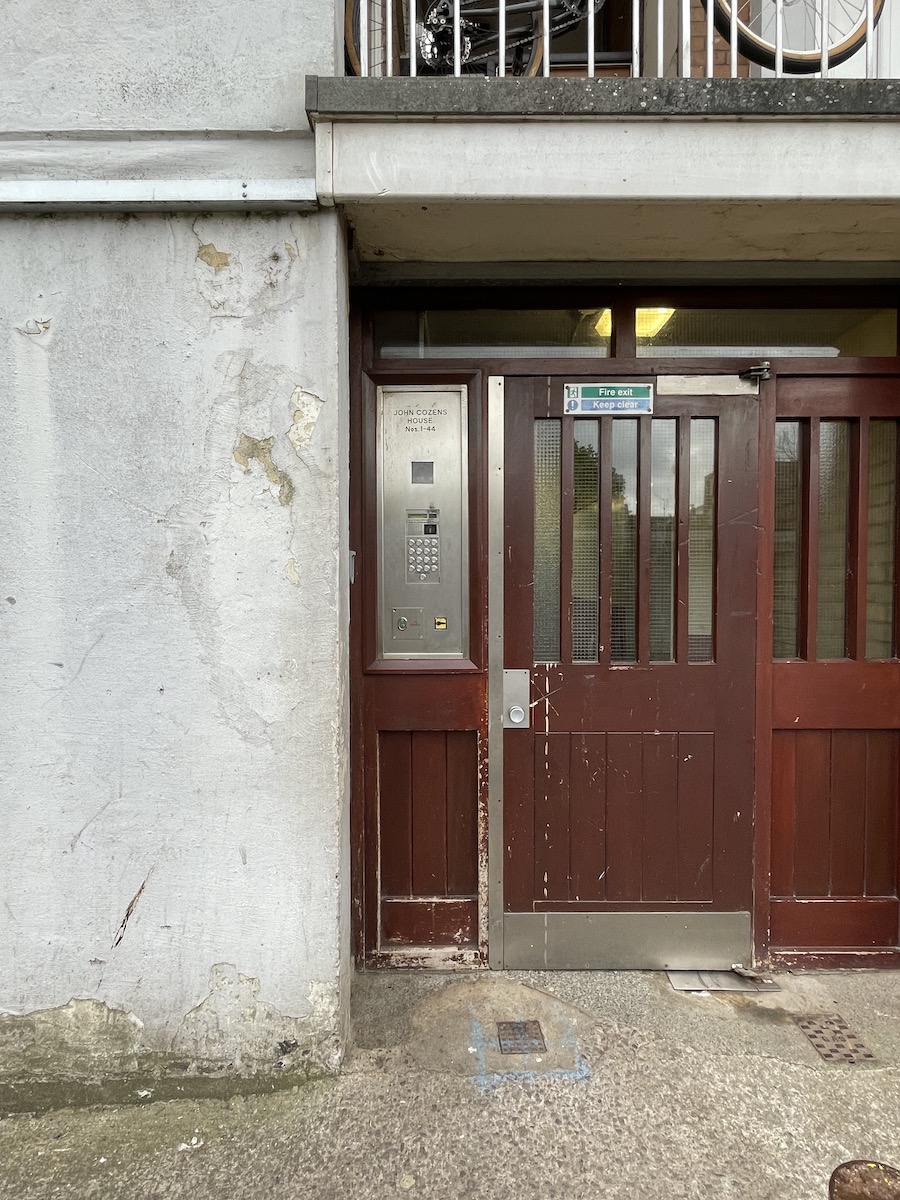
“We’ll put our hands up and say, yes, we recognise we should have been quicker in terms of communicating to residents,” the spokesperson said.
An important piece of legislation passed last year, the Social Housing (Regulation) Act, has tightened up standards governing councils and housing associations. New regulations require social housing landlords to provide “safe and good quality homes”, and to be open and transparent with tenants and treat them with respect.
Bristol City Council’s spokesperson said that at St Jude’s, residents will now be properly consulted and involved with options around how the major works on their blocks will leave the estate looking – with the full process expected to take three to five years.
Before any progress can be made through, contractors will have to drill and gouge their way through 14 flats to assess the state of the blocks’ vast concrete skeletons – the intrusive surveys promised by Marvin Rees in November, which have yet to begin. “We have got some initial data, which we’re told is providing a higher level of confidence in the buildings’ structure – there are no concerns regarding the structure,” the council’s spokesperson said.
The 14 flats’ occupants will need to move out for weeks or months, into serviced apartments, with the council promising that there will be no repeat of the substandard accommodation given to families from Barton House.
Back on the estate, we catch up with Yasmin, who has just received paper copies of the council’s plans. Despite the long road ahead, she says she feels able to relax for the first time in ages.
“It’s going to take time – but how many years have we been waiting already?” she says. “I’m so proud of my community, and grateful to ACORN too – this is long overdue.”
Independent. Investigative. Indispensable.
Investigative journalism strengthens democracy – it’s a necessity, not a luxury.
The Cable is Bristol’s independent, investigative newsroom. Owned and steered by more than 2,500 members, we produce award-winning journalism that digs deep into what’s happening in Bristol.
We are on a mission to become sustainable, and our first target is to raise our membership income by 50% within 12 months. Will you help us get there?
Join the Cable today



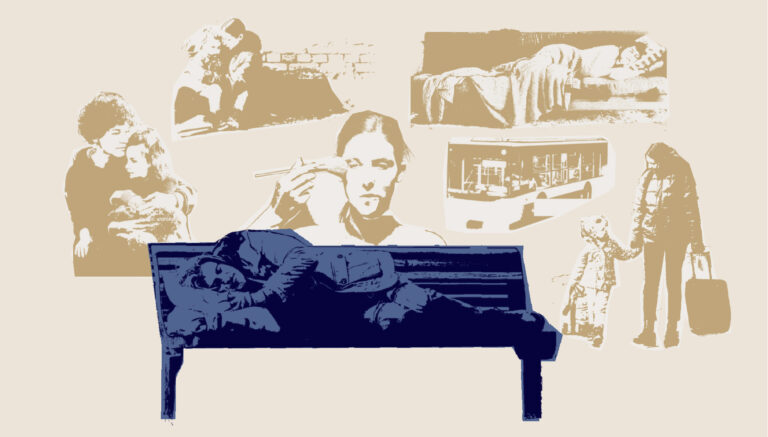

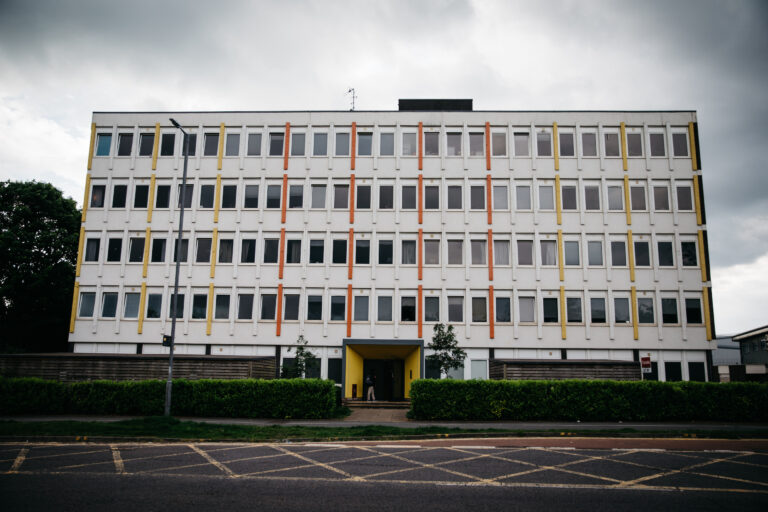

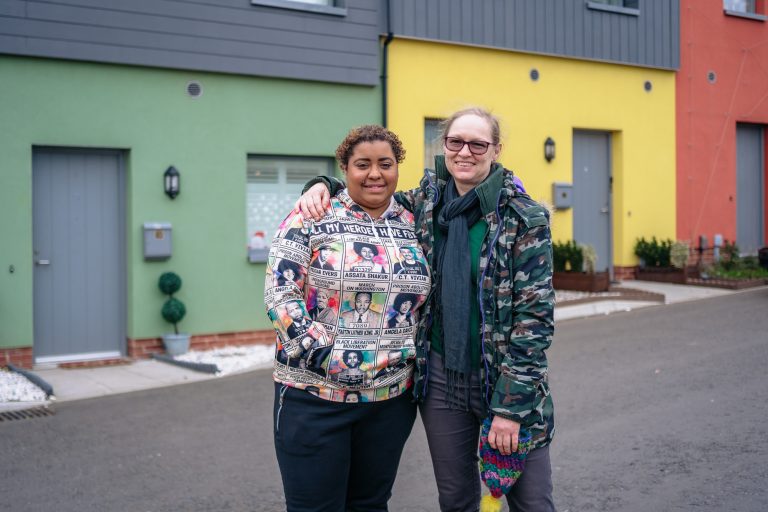

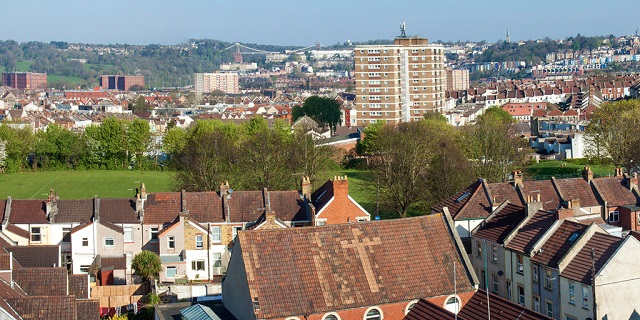

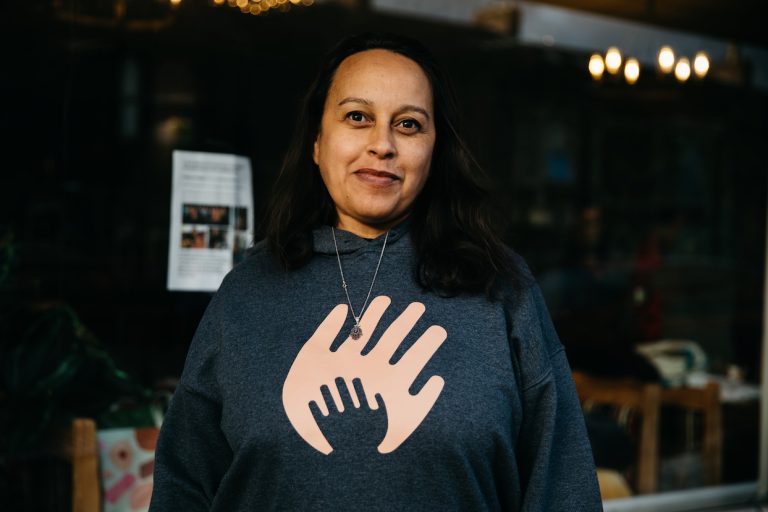

Report a comment. Comments are moderated according to our Comment Policy.
Please monitor Mohamud, he has been so ineffectual on so many fronts since being elected. It is most concerning.